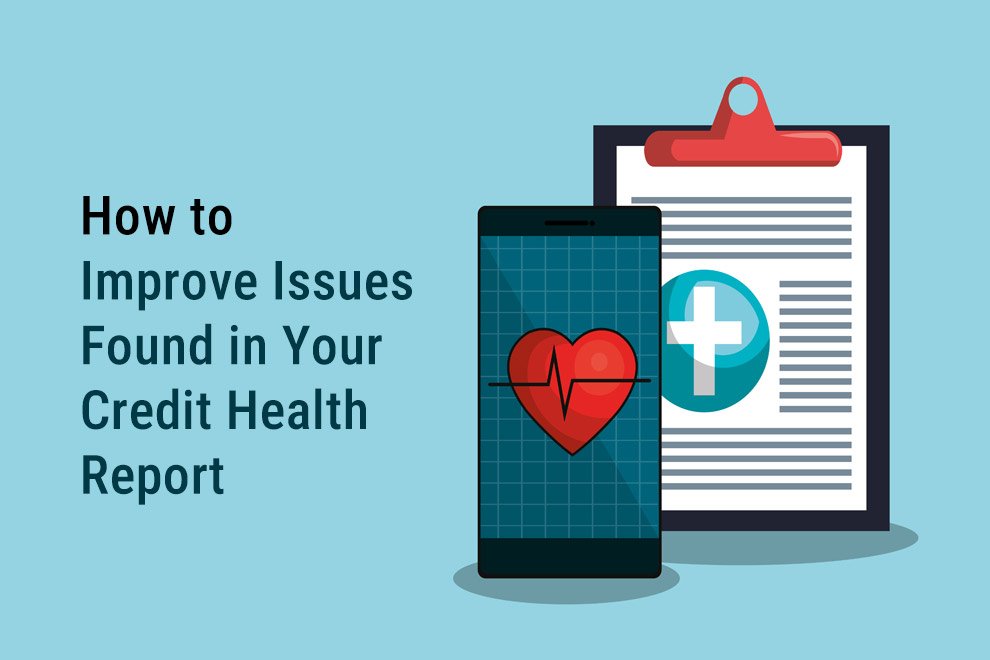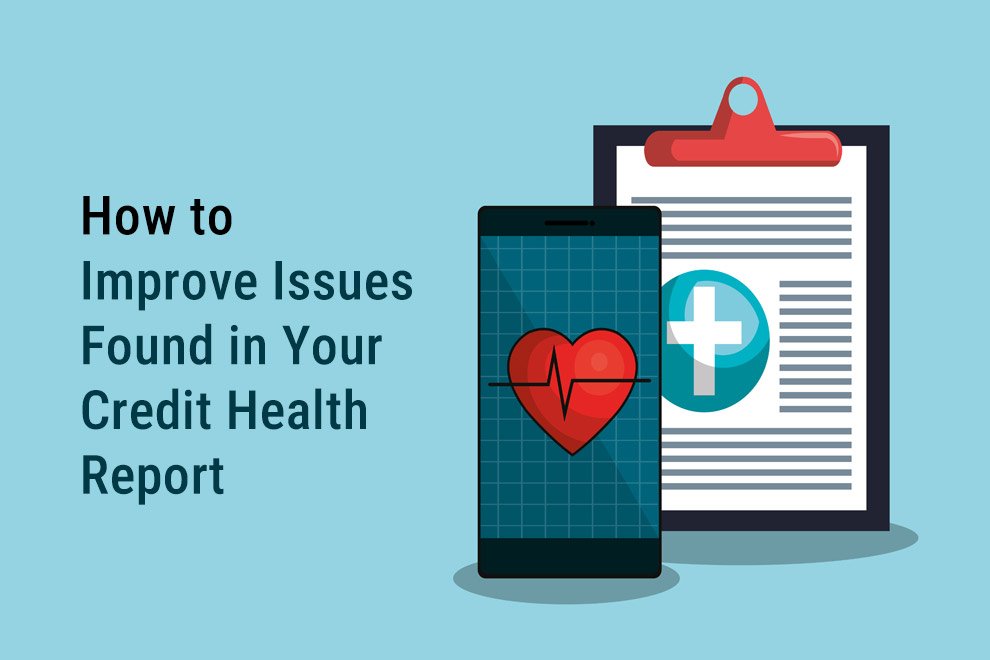Advances in cancer care have been remarkable over the last few years, and early target drug development is a paradigm shift in cancer treatment. From chemotherapy to state-of-the-art targeted therapies and immunotherapies, cancer patients today have access to more modes of treatment than ever before. They are far from one-size-fits-all; the treatments depend, at least in part, on the type of cancer, how advanced it is, and even the genetic markers of the patient.Knowledge of the different cancer drugs and their efficacy is very essential for patients and their families to deal with the complex world of cancer treatment. This post will have a deeper look at the many but few great new cancer drugs typically used against lung metastasis, breast cancer, and ovarian cancer. What chemotherapy and targeted therapies/oral medications do and the function of nutrition on treatment.
The intention is to offer a more accurate rendition of cancer drug re-shaping cancer care (new hope for patients and their families in cancer treatment) by dissecting the treatments themselves, alongside their numbers.
Cancer Drugs for Lung Cancer
Lung cancer is one of the major causes of death related to cancer; nevertheless, treatment options have improved over the past decades. Chemotherapy is still the foundation of treatment for many cancer patients, although newer medications now offer much longer survival times.
Chemotherapy and Traditional Drugs
This commonly used form of treatment for the overwhelming majority of non-small cell lung cancer (NSCLC) and a subset of lung cancers, is small cell lung cancer(SCLC). Cisplatin, carboplatin, and pemetrexed are the most common drugs used in chemotherapy treatments. Cancer medication: These suppressor medications work on fast-increasing cancer cells but in the meantime assault regular cells, causing adverse effects like nausea, absent-mindedness, and hair thinning.
Targeted Therapies and Immunotherapy
In many different types of lung cancer, especially the NSCLC with specific genetic mutations, there is a more efficacious, less toxic treatment option available. Targeted drugs like erlotinib and gefitinib block mutations in the EGFR gene (one of the most common in many patients who have lung cancer)
Combined with targeted drugs for lung cancer, immunotherapy is coming soon as the first-line treatment of lung cancer by itself is oncoming. Checkpoint inhibitors—drugs such as pembrolizumab (Keytruda) and nivolumab (Opdivo) unlock the immune system to find and eliminate cancer cells are one exemplify of those. This is important in treatment, particularly for advanced illnesses.
Cancer Drugs for Breast Cancer
One of the most common types, breast cancer is one of the easiest to treat correctly as long as it is caught early. That is, the breast cancer treatment evolution was largely more recent these last decades, giving precision medicine customization.
Chemotherapy and Traditional Treatments
Chemotherapy remains a critical treatment for patients with breast cancer almost everywhere it has metastasized. Other well-known chemotherapy drugs, doxorubicin (Adriamycin), cyclophosphamide, and paclitaxel, are commonly used to kill all those cancer cells. Side effects of the treatments include nausea, hair loss, and fatigue, but these are still regarded as very effective in treating early-stage as well as metastatic disease of breast cancer.
Targeted Therapies, Hormone Therapy
Other targeted therapies and hormones besides chemotherapy are commonly used in breast cancer treatment, particularly for hormone receptor-positive breast cancers. Hormonal-blockers for example, tamoxifen aromatase inhibitor hormone that supports cancer, are blocked by these drugs This drug, trastuzumab (Herceptin), is against the HER2 protein in breast cancers because the HER2 positive stops them from doubling and growing. These therapies have resulted in marked survival benefits for women with some subsets of breast tumors.
Ovarian Cancer Drugs
Ovarian cancer is usually diagnosed in the late stages, meaning it is more aggressive to treat. However, the introduction of treatment means that we now have much better, and more effective, ways to control disease.
Chemotherapy for Ovarian Cancer
Chemotherapy is mainly done in ovarian cancer after the removal of tumors. Carboplatin and paclitaxel are some of the most commonly used chemotherapy drugs for ovarian cancer, especially when the ovarian cells are not the only location where the disease has spread.
Targeted Therapies
Targeted therapies are also much more common now in the management of ovarian cancer. We cited examples such as bevacizumab (Avastin), which blocks tumor angiogenesis, and olaparib (Lynparza), a PARP inhibitor that confines the DNA repair mechanisms in cancer cells, leading to their demise.
Numerous studies have shown that both of these therapies can add survival benefits in relapsed ovarian cancer. The second is immunotherapy for ovarian cancer, but it is not an established treatment option yet. The ones that are coming in clinical trials now are drugs like nivolumab/pembrolizumab with the potential to blow the current treatment paradigm out of the water.
The Role of Oral Chemotherapy Drugs
One of these forms is oral chemotherapy medication, which has become another option for treatment over chemotherapy. The agent is home-based, and patients don’t need to visit the hospital for an infusion before taking these medications at home. Capecitabine as an illustration of oral chemotherapy in the treatment of breast cancer
Unfortunately, oral chemotherapy comes with fatigue, nausea, and infection risks similar to the other chemotherapy drugs but is still very important for cancer management.
Key Cancer Treatments and Their Impact
| No | Treatment Type | Key Stats |
| 1 | Cisplatin (Chemotherapy) | Increases survival by 20% when combined with immunotherapy. |
| 2 | Erlotinib (Targeted Therapy) | Improves survival by 30-40% in EGFR mutation cases. |
| 3 | Pembrolizumab (Immunotherapy) | 50-60% response rate in PD-L1-positive advanced cases. |
| 4 | Doxorubicin (Chemotherapy) | Used in 60% of early-stage treatments to reduce recurrence risk. |
| 5 | Tamoxifen (Hormone Therapy) | Improves survival by up to 30% in hormone receptor-positive cases. |
| 6 | Trastuzumab (Targeted Therapy) | Reduces recurrence by 30-40%, improving 5-year survival by 50%. |
| 7 | Carboplatin (Chemotherapy) | Used in 85-90% of ovarian cancer cases, reducing recurrence in 60-70%. |
| 8 | Olaparib (Targeted Therapy) | Increases survival by 30-40% in BRCA mutation cases. |
| 9 | Capecitabine (Oral Chemotherapy) | Equally effective as IV chemotherapy with fewer side effects. |
| 10 | Nutrition for Cancer Patients | 30-40% experience malnutrition, which can affect survival and quality of life. |
Nutrition for Cancer Patients: Supporting Treatment with Food
Though essential to treatment, one cannot ignore nutrition in helping a population with cancer go through their treatment process. Cancer treatments (such as chemotherapy, for example) have side effects that suppress appetite, make eating a chore, or cause nausea and vomiting when the patient struggles to eat.
This diet is beneficial in tackling these effects and enhancing the general health of the patient. Protein, vitamin, and mineral foods (lean meats, eggs, fish, leafy vegetables, whole grains) help patients keep their strength and energy levels up. A dietitian may suggest particular foods or supplements based on the needs of an individual and help manage one side effect (i.e., mouth sores) or another.
Food cannot sing cancer away but is important in helping the body have some strength to deal with treatment side effects and heal post-treatment.
What is World Cancer Day, and Why is It Important?
World Cancer Day [observed annually on 4th February] is a day to spread the word on cancer and to act for a better future for all affected by this disease. This is the network for education, prevention & advocacy that drives early detection, treatment, and support of those burdened by highlighting the power of populations, communities, and organizations across the globe. World Cancer Day mobilizes people against cancer, gives everyone hope, changes the way we all live to lead healthier lives, and improves global access to quality care.
Conclusion
The treatment options for lung, breast, and ovarian cancers are more vast now than when we started; the cancer treatment map has dramatically changed. Chemotherapy is key, but medicine kicked open the doors for targeted therapies, immunotherapy, and oral medications, which shifted how medical doctors manage cancer care.
Then again, proper nutrition as part of the treatment for cancer patients is a huge focal point as well.
`Research is advancing, and indeed, shortly, there is a very bright light for the treatment of cancer where hope will exist for patients with this deadly disease. With better medical care and a better standard of care for the patient, survival in cancer is becoming more favorable with improved survival rates daily.










